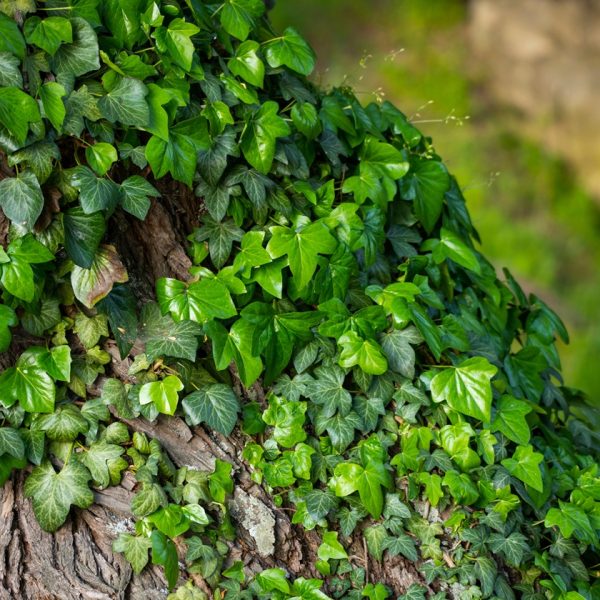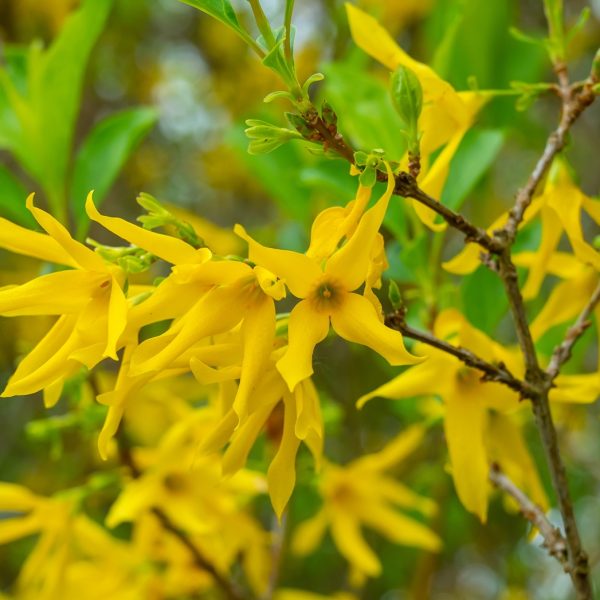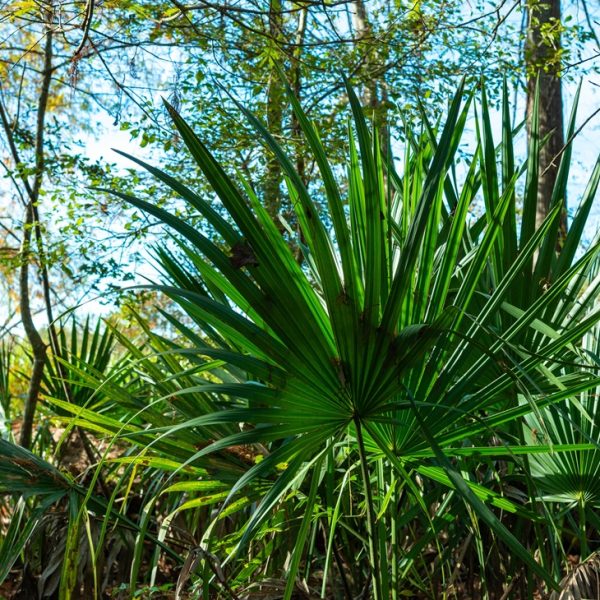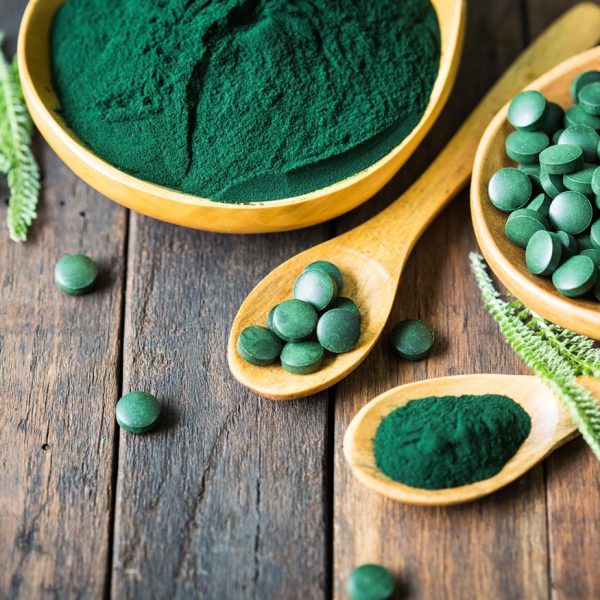-
How does it feel?
Long pepper is a native plant to South Asia and can be found both in the wild and being cultivated across the hottest parts of India to the cooler north-east Himalayas. The plant is a small, slender climber with woody roots. The flowers are likened to cylindrical spikes that can grow up to 2.5cm in length and 5mm in diameter. The fruits are shiny, black/green berries positioned within fleshy spikes.
-
What can I use it for?
Long pepper contains a constituent known as piperine. Piperine has demonstrated stimulant activity that supports a poor circulation and shifts stuck congestion within the respiratory and the reproductive systems. Piperine has the ability to enhance the bio-availability of certain constituents in both conventional and non-conventional medication.
Piperine increases permeability and partitioning which can promote a rapid absorption from the gastrointestinal tract (GIT). This has made Long pepper a valuable herb in cases of malabsorption and/or where there is a lack of digestive metabolism. The high essential oil content and stimulant nature of piperine also gives this herb notable tonifying actions to tissues within the reproductive and respiratory systems, improving their strength and resistance. The pungent constituents within this herb are effective as anthelmintics, targeting infections of the GIT.
-
Into the heart of long pepper
 Long pepper is an incredibly nourishing herb to the respiratory system. Its pungent qualities give it the ability to remove congested stagnation and mucous that may be influencing chronic and degenerative conditions in the lungs.
Long pepper is an incredibly nourishing herb to the respiratory system. Its pungent qualities give it the ability to remove congested stagnation and mucous that may be influencing chronic and degenerative conditions in the lungs.Long pepper will stimulate the circulation and increase vasodilation. Increased vasodilation can be helpful to clear stubborn fevers from the body and also support any circulatory weakness. Its invigorating nature and action upon the blood makes long pepper efficient at banishing characteristically cool and damp conditions of the musculoskeletal and nervous systems.
Piperine has a direct effect upon curcumin, the active ingredient found in turmeric, by making it more bioavailable to the body. Long pepper can directly improve the absorption of nutrients within the body through enhancing the digestion and micro-circulation. Long pepper is, therefore, a very nourishing herb for the digestive system supporting essential metabolic processes and improving overall digestive efficiency.
Long pepper is incredibly nourishing to the reproductive tissues because of its ability to tonify and strengthen them. This has made long pepper helpful where there is any reproductive weakness or debility in both the male and female reproductive system.
Long pepper is primarily used for cold, wet and ‘mucus’ conditions of the lungs. It is a rejuvenative for the lungs, pranavahasrotas and avalambaka kapha. It encourages vasodilation and therefore increases circulation, specifically to the lungs. When used with honey in asthma, bronchitis, pneumonia and compromised immunity it will reduce any excess kapha. Long pepper will also treat mild fever by removing the ama from rasa dhatu and alleviating the concurrent aches in the muscles and joints.
Long pepper stimulates agni and clears a weak digestion with symptoms of nausea, slow digestion, flatulence and a cold and painful abdomen. In malabsorption it can increase assimilation of nutrients. Piperine specifically increases the absorption of curcumin in Turmeric root (used at 1:10). Its anthelmintic qualities can be used as part of a formula to kill worms, amoebas and parasites and will help to treat diarrhoea from cold symptoms and constipation (vibandha) from stagnant apana vayu. Long pepper can be effectively used in diabetes as it reduces any excess of, and rejuvenates, the medas-dhatu.
The sweet post-digestive effect of long pepper points to its ability to tonify the shukra dhatu and reproductive tissue which is useful in infertility, impotence and premature ejaculation. It is the only hot and penetrating substance to do this as hot substances usually consume shukra dhatu.
The pungency and sweetness of long pepper invigorates the blood and nourishes rakta. By enhancing the digestive fire in the tissues it is a rasayana to rasa and rakta dhatu as it helps to assimilate more nutrients for building the plasma and the blood. It can also help to penetrate the cold pain of sciatica.
Long pepper nourishes the majja dhatu, due to its sweet vipaka, and helps in vata disorders and also to nourish the brain.
-
Traditional actions
Herbal actions describe therapeutic changes that occur in the body in response to taking a herb. These actions are used to express how a herb physiologically influences cells, tissues, organs or systems. Clinical observations are traditionally what have defined these actions: an increase in urine output, diuretic; improved wound healing, vulnerary; or a reduction in fever, antipyretic. These descriptors too have become a means to group herbs by their effects on the body — herbs with a nervine action have become the nervines, herbs with a bitter action are the bitters. Recognising herbs as members of these groups provides a preliminary familiarity with their mechanisms from which to then develop an understanding of their affinities and nuance and discern their clinical significance.
Ayurvedic actions
Chinese actions
-
Traditional energetic actions
Herbal energetics are the descriptions Herbalists have given to plants, mushrooms, lichens, foods, and some minerals based on the direct experience of how they taste, feel, and work in the body. All traditional health systems use these principles to explain how the environment we live in and absorb, impacts our health. Find out more about traditional energetic actions in our article “An introduction to herbal energetics“.
Chinese energetics
Ayurvedic energetics
Western energetics
-
Did you know?
The Roman emperors valued the properties and taste of long pepper more highly than black pepper!
Additional information
-
Safety
The piperine content of Long pepper, when used as an isolated ingredient, has been associated with enhancing blood levels of certain medication such as propanolol, theophylline, rifampicin as it may inhibit drug metabolism in the liver when it is used over a long period of time at a high dose. Hence all patients taking drugs that are metabolised in the liver must be carefully monitored if long pepper is prescribed. Other sources report that in its whole form it is a short-term bio-availability enhancer, increasing nutrient absorption, quickening absorption and reducing blood levels of medication.
-
Dosage
1–5g/day powder or 5–15ml of a 1:5 in 60% tincture. Due to safety issues do not use at a high dose (more than 5g/day) for long periods of time. Low dose is safe for long-term use as attested to by the vast amount of Ayurvedic formulas containing Pippali.






























 Long pepper is an incredibly nourishing herb to the respiratory system. Its pungent qualities give it the ability to remove congested stagnation and mucous that may be influencing chronic and degenerative conditions in the lungs.
Long pepper is an incredibly nourishing herb to the respiratory system. Its pungent qualities give it the ability to remove congested stagnation and mucous that may be influencing chronic and degenerative conditions in the lungs.





